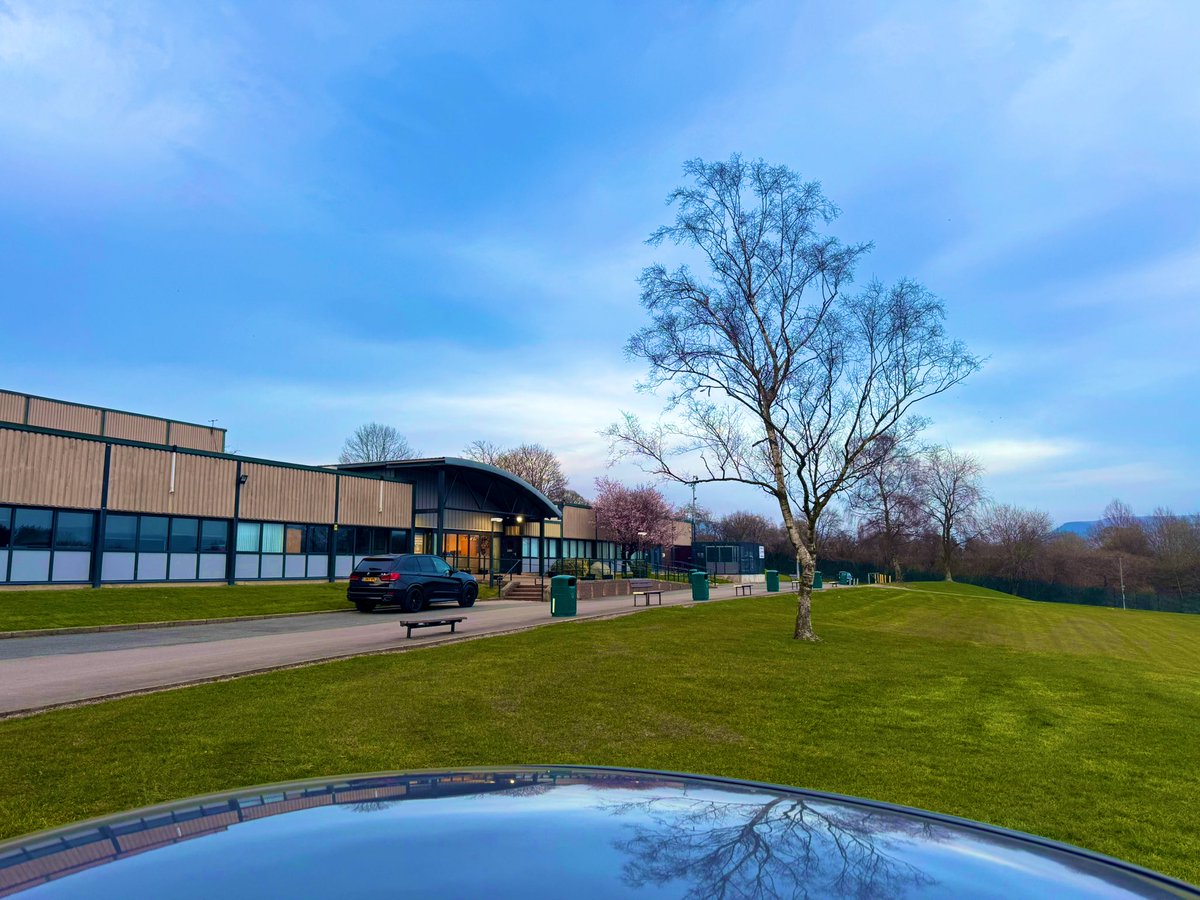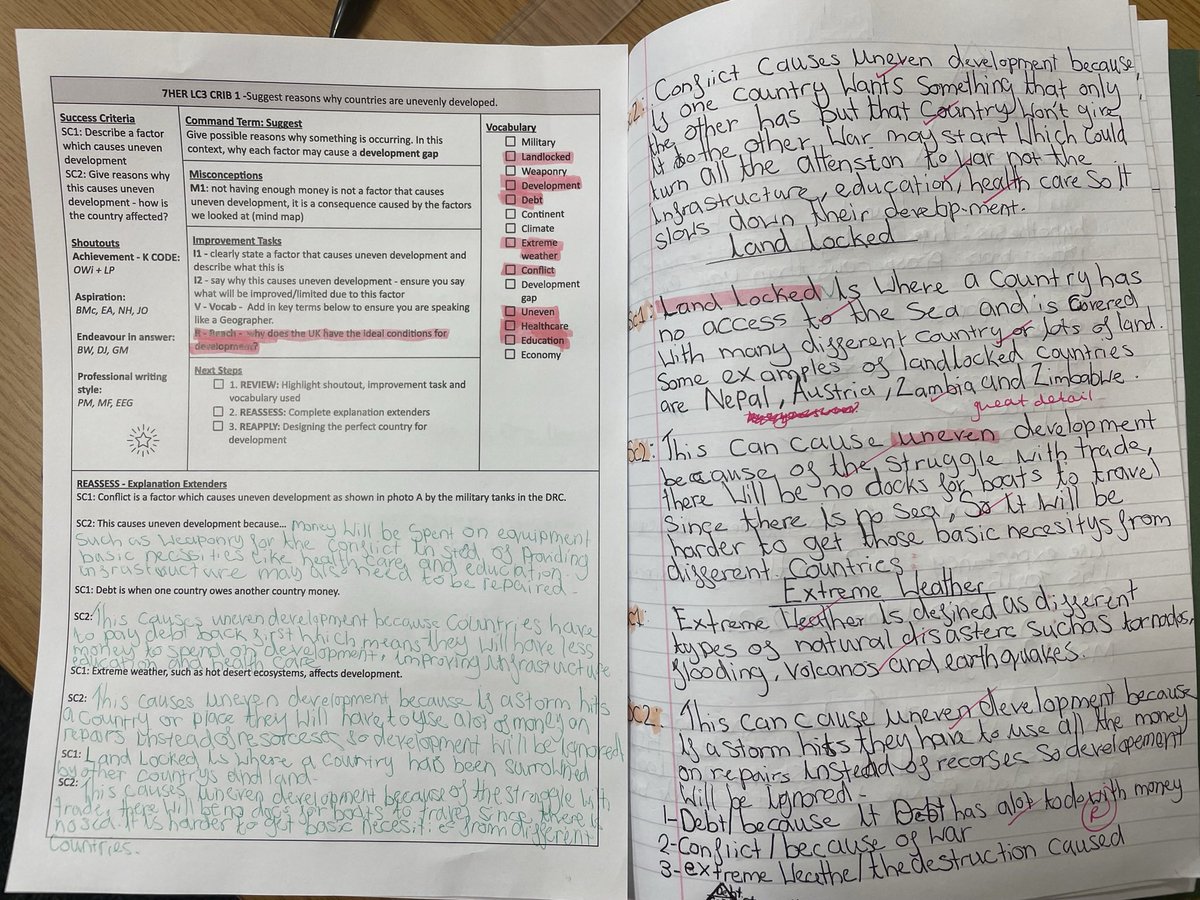
Headteacher @LHS_HighSchool • Principal Examiner • Author @JohnCattEd @CrownHousePub • Governor @jtfreeschool • FCCT • NPQSL
How to get URL link on X (Twitter) App


 The first step is to establish what are the core principles to assessment. We define each principle, outline why it’s important and model how this looks in the classroom. We create a shared common language for clarity and consistency.
The first step is to establish what are the core principles to assessment. We define each principle, outline why it’s important and model how this looks in the classroom. We create a shared common language for clarity and consistency. 

 I knew it was important to get to know the school community.
I knew it was important to get to know the school community.
 Our attendance team check the return to school forms and flag any concerns to our pastoral and safeguarding team.
Our attendance team check the return to school forms and flag any concerns to our pastoral and safeguarding team.

 STEP 1
STEP 1

 STEP 2
STEP 2


 The challenge is to decide which scaffolding tool to use with a student at the right time.
The challenge is to decide which scaffolding tool to use with a student at the right time. 

 The first step is to establish what are the core principles to assessment. We define each principle, outline why it’s important and model how this looks in the classroom. We create a shared common language for clarity and consistency.
The first step is to establish what are the core principles to assessment. We define each principle, outline why it’s important and model how this looks in the classroom. We create a shared common language for clarity and consistency. 


 There are many reasons why this lag might develop between asking and getting a response.
There are many reasons why this lag might develop between asking and getting a response.
 Feedback is most effective when it is hooked onto knowledge taught. This is where success criteria can be helpful to sharpen the lens on how successful the student was against the learning intentions.
Feedback is most effective when it is hooked onto knowledge taught. This is where success criteria can be helpful to sharpen the lens on how successful the student was against the learning intentions. 


 As a team we consider how to implement this principle with our core components. This has driven our approach to the endeavour reports.
As a team we consider how to implement this principle with our core components. This has driven our approach to the endeavour reports. 

 Feedback is most effective when it is hooked onto knowledge taught. This is where success criteria can be helpful to sharpen the lens on how successful the student was against the learning intentions.
Feedback is most effective when it is hooked onto knowledge taught. This is where success criteria can be helpful to sharpen the lens on how successful the student was against the learning intentions. 
 Feedback is most effective when it is hooked onto knowledge taught. This is where success criteria can be helpful to sharpen the lens on how successful the student was against the learning intentions.
Feedback is most effective when it is hooked onto knowledge taught. This is where success criteria can be helpful to sharpen the lens on how successful the student was against the learning intentions. 
 Each knowledge checker corresponds with a core component of our curriculum to guide students to the correct place for reviewing and reflecting.
Each knowledge checker corresponds with a core component of our curriculum to guide students to the correct place for reviewing and reflecting. 
 The challenge is to decide which scaffolding tool to use with a student at the right time.
The challenge is to decide which scaffolding tool to use with a student at the right time. 

 Teacher greets as students enter and someone has leadership responsibility to hand out books for the lesson. Students make sure their equipment is out so they are ready for learning. After this, they get on with answering the questions.
Teacher greets as students enter and someone has leadership responsibility to hand out books for the lesson. Students make sure their equipment is out so they are ready for learning. After this, they get on with answering the questions. 
 disconnect between what has been learnt and the success of pupils applying that knowledge.
disconnect between what has been learnt and the success of pupils applying that knowledge.